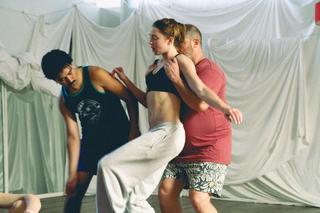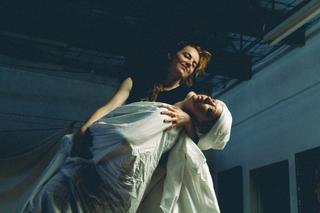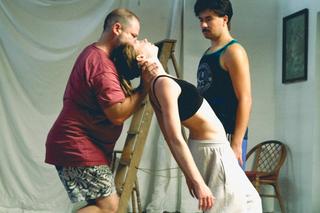











Artemisia's Revenge takes as its premise the life and artworks of late Renaissance painter Artemisia Gentileschi, a pupil of Caravaggio and one of the first and most influential female painters of the Renaissance period. Gentileschi’s story is richly compelling. As young girl from Naples brought up in her fathers art studio, Gentileschi was assaulted by one of her fathers friends and endured a gruelling and torturous court case as a consequence, going on to become a respected and successful artist in Italian and internationally. Gentileschi’s body of work, comprising subtly feminist reinterpretations of classical and biblical stories, offers an aesthetic way ‘in’ to early modern understandings of the body, emotion, and femininity. We look to 3 of Gentileshi’s iconic paintings in Artemisia's Revenge: Susanna and the Elders (1610), Judith Beheading Holofernes (1612-13), and Self-Portrait as an Allegory of Painting (1640). Bringing together languages from classical ballet, contemporary dance, theatre, and song, Artemisia’s Revenge explores the life and work of one of history’s most acclaimed and controversial painters to probe at universal questions around love, lust, the body, and the self.












📸 Charlotte de Wit
Artemisia's Revenge takes as its premise the life and artworks of late Renaissance painter Artemisia Gentileschi, a pupil of Caravaggio and one of the first and most influential female painters of the Renaissance period. Gentileschi’s story is richly compelling. As young girl from Naples brought up in her fathers art studio, Gentileschi was assaulted by one of her fathers friends and endured a gruelling and torturous court case as a consequence, going on to become a respected and successful artist in Italian and internationally. Gentileschi’s body of work, comprising subtly feminist reinterpretations of classical and biblical stories, offers an aesthetic way ‘in’ to early modern understandings of the body, emotion, and femininity. We look to 3 of Gentileshi’s iconic paintings in Artemisia's Revenge: Susanna and the Elders (1610), Judith Beheading Holofernes (1612-13), and Self-Portrait as an Allegory of Painting (1640). Bringing together languages from classical ballet, contemporary dance, theatre, and song, Artemisia’s Revenge explores the life and work of one of history’s most acclaimed and controversial painters to probe at universal questions around love, lust, the body, and the self.












📸 Charlotte de Wit
© 2025